Table of Contents
ToggleMaximizing Workforce Productivity with Generative AI Innovations
Generative Artificial Intelligence (GenAI) is revolutionizing the operational frameworks of businesses, presenting remarkable opportunities to significantly enhance workforce productivity. Unlike conventional automation techniques, which typically focus on replacing repetitive tasks, GenAI is specifically engineered to complement and elevate human capabilities. By integrating seamlessly with sophisticated AI systems, employees can attain levels of efficiency and creativity that were previously unattainable. This powerful collaboration not only empowers individuals but also strategically positions organizations for enduring success, enabling them to adapt and thrive amidst the challenges of a constantly evolving market landscape.
This detailed examination will delve into the transformative impact of GenAI, showcasing its diverse applications, inherent challenges, and practical strategies for maximizing its effectiveness. From insightful lessons learned by early adopters to actionable frameworks for implementation, this comprehensive guide is designed to equip organizations with the essential knowledge required to navigate the dynamic world of GenAI-driven productivity successfully.
 Exploring How AI Enhances Workforce Productivity
Exploring How AI Enhances Workforce Productivity
Defining Features That Set GenAI Apart
The standout feature of GenAI compared to previous generations of artificial intelligence is its remarkable ability to eliminate barriers to AI adoption, significantly broadening its accessibility. This innovative technology allows users to engage with advanced capabilities without needing specialized technical knowledge. By automating mundane and repetitive tasks—such as drafting emails and generating detailed reports—GenAI enables employees to focus on more strategic, creative, and interpersonal functions that drive business success. This shift not only optimizes productivity but also fosters a more engaging work environment that encourages innovation.
For instance, customer service teams can effectively assign routine queries to AI-driven chatbots, freeing up their time and energy to tackle complex customer issues that require a nuanced human approach. Likewise, marketing professionals can leverage the capabilities of GenAI to produce customized content, significantly boosting customer engagement and generating positive outcomes through targeted marketing strategies.
Understanding Job Augmentation Versus Complete Automation
Grasping the difference between job augmentation and total task automation is essential for comprehending GenAI’s role in today’s workforce. While automation entirely replaces specific tasks, augmentation seeks to enhance human performance by fostering collaboration between human skills and AI technologies. For clarity, the following table illustrates various job roles alongside their potential for augmentation and automation:
| Job Role | High Augmentation Potential | High Automation Potential |
|---|---|---|
| Software Developers | Writing boilerplate code, debugging | Compiling simple algorithms |
| Human Resource Managers | Creating personalised training plans | Scheduling routine employee reminders |
| Customer Service Agents | Handling nuanced complaints | Responding to FAQs |
Evaluating the Economic Impact of Generative AI
Studies suggest that GenAI could contribute trillions of dollars to the global economy over the next decade. By significantly enhancing productivity and addressing existing skill gaps, this groundbreaking technology is poised to democratize opportunities, particularly in emerging markets. For example, GenAI is actively dismantling barriers in digital economies, empowering individuals with limited experience to efficiently execute complex tasks, thereby fostering inclusivity and promoting broader economic growth.
 Gaining Insights from Early Adopters of Generative AI
Gaining Insights from Early Adopters of Generative AI
Notable Success Stories in AI Implementation
Leading organizations have identified and harnessed the transformative potential of GenAI, leading to impressive results. For instance, a multinational financial services firm achieved a remarkable 50% reduction in customer onboarding time through the implementation of AI-driven document analysis. Additionally, a global retail chain enhanced its inventory management processes by leveraging GenAI to predict stock shortages accurately, minimizing disruptions and improving overall operational efficiency.
These forward-thinking companies attribute their successes to pilot programs that allow teams to experiment and refine GenAI applications prior to wider implementation, ensuring a smoother transition and optimal resource utilization.
Confronting Challenges in Scaling GenAI Solutions
Despite the vast promise of GenAI, organizations face several challenges when it comes to scaling these solutions. Common obstacles to successful implementation include:
- Low Trust: Employees may hesitate to rely on AI due to concerns surrounding bias and the transparency of AI decision-making processes.
- Skill Gaps: A lack of expertise related to AI can hinder the effective adoption of GenAI technologies.
- Cultural Resistance: Traditional workflows and established practices may clash with the changes brought about by AI-driven solutions.
Building Trust and Skills for Effective GenAI Integration
Effective Strategies for Overcoming Implementation Barriers
Establishing trust is a crucial factor for the successful deployment of GenAI within organizations. Companies must prioritize transparency by clearly articulating how AI models function while ensuring the ethical use of technology. Regulatory frameworks, such as the European AI Act, underscore the importance of human oversight, fostering accountability and alleviating employee concerns about potential misuse.
Commitment to Upskilling and Reskilling Initiatives
To effectively close existing skill gaps, organizations should invest in comprehensive training programs that empower employees to collaborate effectively with GenAI systems. For example:
- Workshops on effective AI prompting can significantly enhance teams’ abilities to optimize AI-generated outputs.
- Ethics training is critical for ensuring responsible AI use, addressing vital issues related to bias, data privacy, and ethical considerations in AI deployment.
 Strategizing for Organizational Success with GenAI
Strategizing for Organizational Success with GenAI
Designing a Comprehensive Framework for GenAI Adoption
To unlock the full potential of GenAI, organizations must create a comprehensive framework encompassing two main themes:
- Enable:
- Defining a Vision and Strategy for GenAI: Align AI initiatives with broader business goals to ensure coherence and direction.
- Building Data and Technology Infrastructure: Ensure systems are scalable, secure, and capable of delivering accurate results.
- Prioritizing Regulatory Compliance: Address ethical and legal considerations proactively to mitigate risks associated with AI technologies.
- Engage:
- Fostering a Culture of Change Management: Promote a growth mindset and encourage open communication to facilitate transitions.
- Implementing Skills Development Programs: Provide training to prepare employees for effective collaboration with AI technologies.
- Strategically Managing Use Cases: Identify and prioritize applications of GenAI that promise the highest impact.
| Stage | Key Actions |
|---|---|
| Initial Phase | Pilot programs, resource allocation, setting KPIs |
| Scaling Phase | Standardization, continuous feedback, workforce redeployment |
Anticipating Future Trends for GenAI in the Workforce
Analyzing Four Potential Future Scenarios
To effectively navigate the uncertainties surrounding GenAI, organizations should consider the following scenarios:
- High Trust, Current Applicability: Enthusiasm is prevalent, yet limitations in GenAI’s capabilities temper expectations.
- Low Trust, Current Applicability: Skepticism hampers adoption despite apparent potential benefits.
- Low Trust, Expanding Applicability: Advanced capabilities raise concerns about job displacement and workforce changes.
- High Trust, Expanding Applicability: Comprehensive integration leads to significant productivity gains across the organization.
| Trust Level | Applicability/Quality | Outcomes |
|---|---|---|
| High | Current | Incremental gains with moderate adoption |
| Low | Current | Hesitant adoption, minimal impact |
| Low | Expanding | Conflict between innovation and potential job loss |
| High | Expanding | Maximum gains, widespread job augmentation |
 Frequently Asked Questions About Generative AI
Frequently Asked Questions About Generative AI
- What differentiates job augmentation from full automation?
- Job augmentation enhances human capabilities, allowing for improved performance, while automation entirely replaces particular tasks within workflows.
- How can organizations cultivate trust in GenAI solutions?
- By ensuring transparent processes, promoting ethical usage, and providing comprehensive training programs for employees.
- What are the essential steps for regulatory compliance concerning AI?
- Organizations must adhere to established frameworks such as the European AI Act and create robust governance structures.
- How does GenAI impact low-skilled versus high-skilled workers?
- It reduces barriers for low-skilled workers while enabling high-skilled employees to concentrate on more complex and value-adding tasks.
Generative AI represents a significant shift in the paradigms of workforce productivity, offering opportunities to enhance job roles, stimulate creativity, and drive substantial economic growth. However, the successful integration of GenAI depends on building trust, addressing skill gaps, and fostering a culture of innovation. By adopting a people-centered approach and leveraging actionable frameworks, organizations can unlock the full potential of GenAI, ensuring sustainable success in a rapidly evolving business environment.
The post GenAI: Enhancing Workforce Productivity and Job Roles appeared first on Ezi Gold.


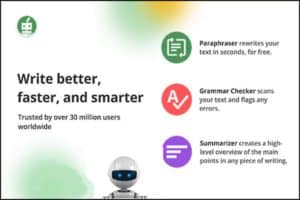

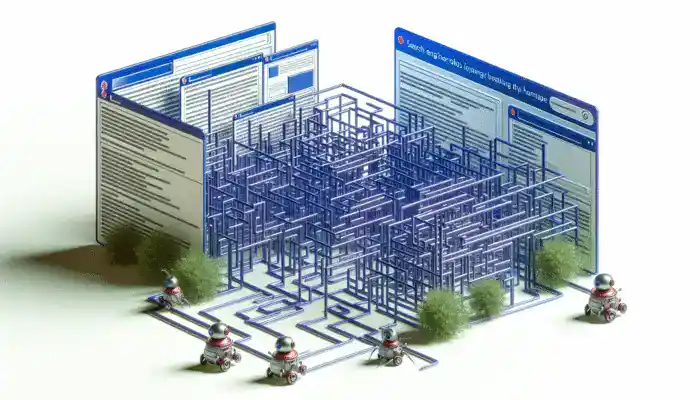

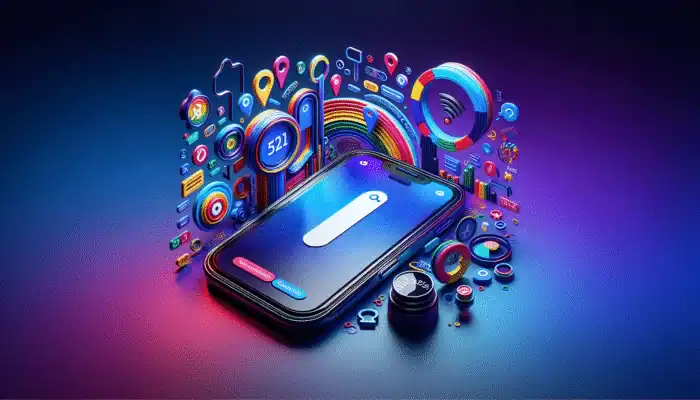


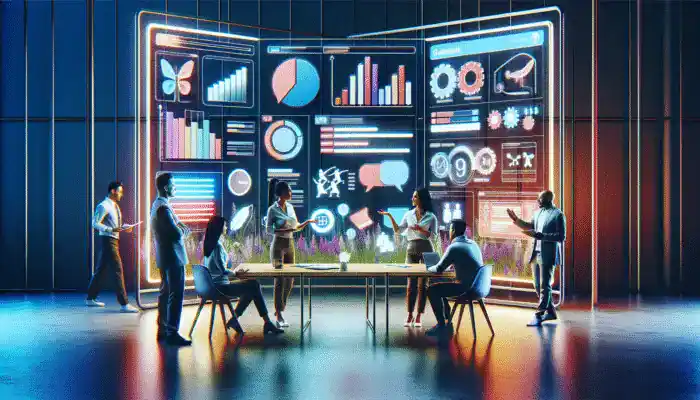
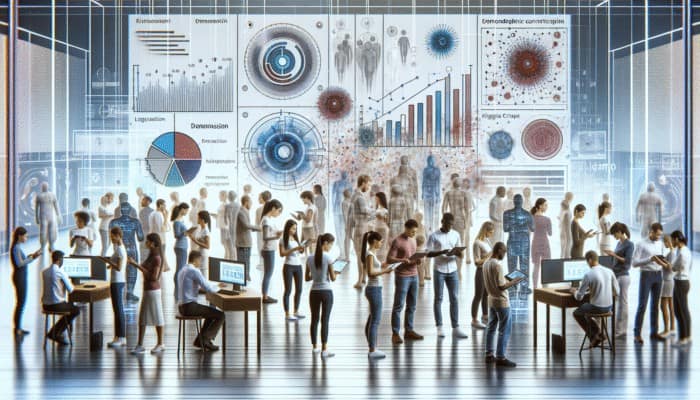
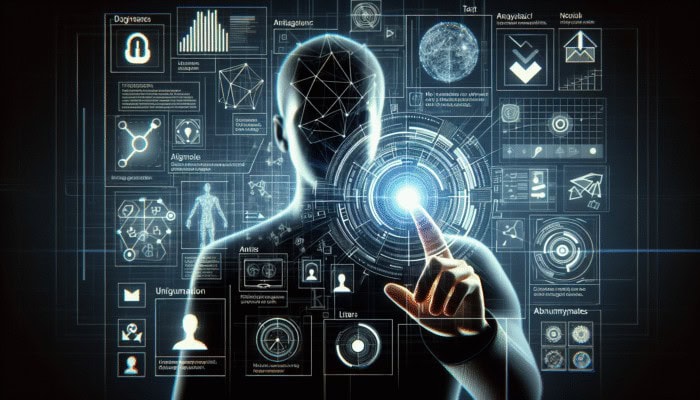
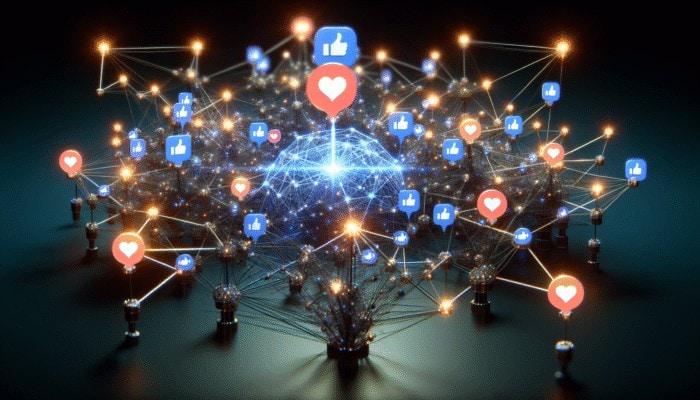
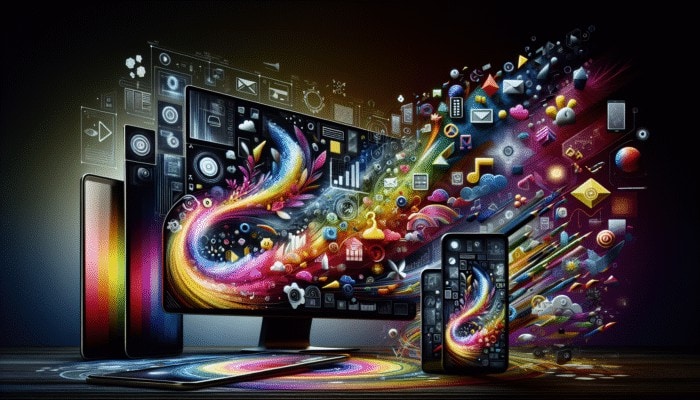


23 Comments
Your exploration of Generative AI’s potential to enhance workforce productivity raises important considerations about the evolving landscape of human-technology collaboration. While it’s true that GenAI offers exciting avenues for boosting efficiency and creativity, we must also consider the potential challenges and ethical implications that accompany its integration into our work environments.
You bring up some really valuable points about the balance we need to strike as we welcome generative AI into our workplaces. It’s like we’re standing at the edge of a new frontier, and while the potential benefits for productivity and creativity are exciting, the challenges and ethical questions are indeed just as crucial.
“Absolutely, you raise a crucial point about the balance between innovation and ethics. For those interested in exploring this further, I invite you to check out a resource that delves into both the benefits and the challenges of integrating Generative AI into our workplaces.”
https://ai.ezi.gold/ezimarketing
It’s really interesting to think about how Generative AI can reshape our workplace dynamics. I’ve been contemplating the idea that while we often focus on the efficiency aspect of technology, there’s something profoundly human about how these tools can foster creativity and empowerment. When technology supports our innate capabilities, it feels like we’re not just working harder but smarter.
It’s fascinating to see how Generative AI is shaping not just productivity but also the very way we think about work and creativity. I’ve noticed in my own experience that these technologies can act as powerful brainstorming partners. For instance, using GenAI tools in a recent project helped my team generate a variety of marketing strategies we hadn’t considered, which sparked some really fruitful discussions.
The exploration of Generative AI in enhancing workforce productivity is indeed timely and resonates deeply with our current technological landscape. I’ve been reflecting on how this innovative approach not only boosts efficiency but fundamentally reshapes the way we collaborate and create. It reminds me of the recent surge in remote work tools, where the integration of AI has made communication and project management more intuitive, allowing us to stay connected despite physical distances.
Your exploration of Generative AI’s potential to enhance workforce productivity raises some intriguing points about the synergy between human creativity and machine capability. The idea that GenAI is designed to complement rather than replace human roles resonates deeply with the ongoing conversation around the future of work.
You bring up a vital aspect of the conversation around Generative AI. The blend of human creativity and machine capability is really where the magic happens. As we look at tools that can handle mundane tasks, we find ourselves with more time for innovative thinking and original ideas.
Thank you for your thoughtful comment! If you’re interested in delving deeper into this topic and exploring practical examples of how Generative AI can transform workplaces, check out this insightful resource.
https://ai.ezi.gold/on-time-ninja
Your exploration of Generative AI and its transformative potential for workforce productivity resonates deeply with ongoing conversations around technology’s role in enhancing human capabilities rather than merely automating tasks. The distinction you draw between traditional automation and GenAI is particularly compelling. It is essential to recognize that while automation often navigates the mechanical and routine, GenAI emerges as a partner in creative problem-solving and innovative thinking—an evolution in how we view the intersection of technology and human effort.
It’s fascinating to see how GenAI is changing the way we think about productivity. I find it especially intriguing that, unlike traditional automation, which can sometimes feel like it’s sidelining human input, GenAI actually seems to want to work in partnership with us. This idea of collaboration makes me optimistic about the future of work.
Your exploration of Generative AI’s impact on workforce productivity truly highlights a pivotal shift in how we approach work and innovation in the business landscape. The potential for GenAI to complement human capabilities, rather than simply automate tasks, is a refreshing perspective that invites deeper contemplation about the future of work.
Your exploration of generative AI and its impact on workforce productivity really resonates with the ongoing conversation around the future of work. I appreciate how you emphasize GenAI’s potential to elevate human capabilities rather than merely replace repetitive tasks. This paradigm shift is indeed crucial as we navigate an increasingly complex market landscape.
Your exploration of Generative AI (GenAI) and its potential to enhance workforce productivity strikes a chord with ongoing conversations about the future of work. As someone who has witnessed the introduction of various technological innovations in the workplace, I find the contrast you draw between GenAI and traditional automation particularly compelling. It suggests a shift from merely mechanizing tasks to genuinely augmenting human skills, which could foster a more engaged and innovative workforce.
It’s fascinating to see how Generative AI is not just improving productivity but also reshaping the way we view the collaboration between humans and technology. I’ve noticed that as more companies adopt these innovations, the focus appears to be shifting toward fostering creativity in the workplace. For example, in the marketing field, creative teams are leveraging GenAI to generate fresh ideas or even draft content, allowing them to spend more time refining and enhancing these concepts rather than getting bogged down in the initial execution.
Your exploration of Generative AI’s role in revolutionizing workplace productivity resonates deeply with the many discussions happening around the future of work. The notion that GenAI is not merely a substitute for human effort but rather a collaborator that can amplify our capabilities is a refreshing perspective that deserves more attention.
The exploration of Generative AI in maximizing workforce productivity truly resonates with the ongoing conversation around the future of work. I find it fascinating how GenAI not only enhances operational efficiencies but also nurtures creativity and innovation within teams. This balance between man and machine is essential as we navigate an increasingly complex market landscape.
Your analysis of Generative AI’s role in enhancing workforce productivity resonates deeply with my own experiences in the tech sector. I’ve seen firsthand how GenAI can serve not merely as a tool for efficiency but as a catalyst for creativity. For example, in brainstorming and ideation sessions, leveraging AI to generate ideas or provide insights has sparked innovative thinking that would have been much slower using traditional methods.
Your observations on the integration of Generative AI in enhancing workforce productivity resonate deeply with the shifts we’re witnessing in the workplace. It’s intriguing to consider how GenAI doesn’t merely automate but fosters collaboration, pushing the boundaries of what employees can achieve. For instance, in creative sectors, we’re already seeing tools that assist in brainstorming and content creation, allowing teams to generate innovative ideas at a pace that matches today’s fast-evolving climate.
It’s fascinating to see how GenAI is shifting the paradigm of productivity. I’ve been exploring its applications in the creative industries, where it not only streamlines workflows but also sparks new ideas—like how artists and writers are using AI as a collaborative tool rather than a replacement. It really speaks to the potential of fostering creativity by taking on the more tedious aspects of their work.
It’s fascinating to see how generative AI is not just automating tasks but truly augmenting our human abilities. In my own experience, I’ve found that tools like GenAI can spark creativity during brainstorming sessions, helping teams push the boundaries of traditional thinking. For instance, in a recent project, using AI-generated prompts allowed us to explore design concepts we hadn’t considered, leading to innovative solutions that impressed our stakeholders.
Your exploration of Generative AI’s potential to enhance workforce productivity resonates deeply with my experiences in the tech industry, where the challenge has often been finding a balance between efficiency and creativity. While traditional automation can streamline repetitive tasks, it sometimes stifles the innovative spirit present in many employees. I see GenAI not merely as a tool for improvement but as a partner that augments our human abilities. For example, in my previous role, we implemented a GenAI solution for document processing which not only reduced the time spent on mundane tasks but also enabled our team to focus on strategic decision-making and brainstorming sessions that led to innovative product improvements.
It’s intriguing to hear about your experiences in the tech industry, especially as they relate to the dynamic between efficiency and creativity. You’re spot on when you mention that traditional automation can sometimes feel like it dampens that innovative spirit. Many people can relate to the tension of working in environments where the focus is on speed and efficiency, often at the expense of the creative edge that drives real progress.
“Thank you for sharing your insights! If you’re interested in exploring how Generative AI can further enhance creativity and efficiency in your industry, check out this resource that dives deeper into its transformative potential.”
https://ai.ezi.gold/dragon
It’s fascinating to consider how generative AI not only streamlines operations but also fosters a more creative workplace. In my own experience, I’ve seen teams thrive when AI tools are used to augment creative processes rather than just automate tasks. For instance, in a recent project, our team utilized AI-driven brainstorming tools that helped generate diverse ideas quickly, allowing us to explore avenues we hadn’t considered before.
Your insights into the transformative role of Generative AI (GenAI) in boosting workforce productivity are particularly resonant, especially as I reflect on recent trends in workplace dynamics. It’s fascinating to consider how GenAI not only automates but also augments the capabilities and creativity of employees. This leads me to contemplate a few key areas where these advancements could significantly reshape our operational landscapes.